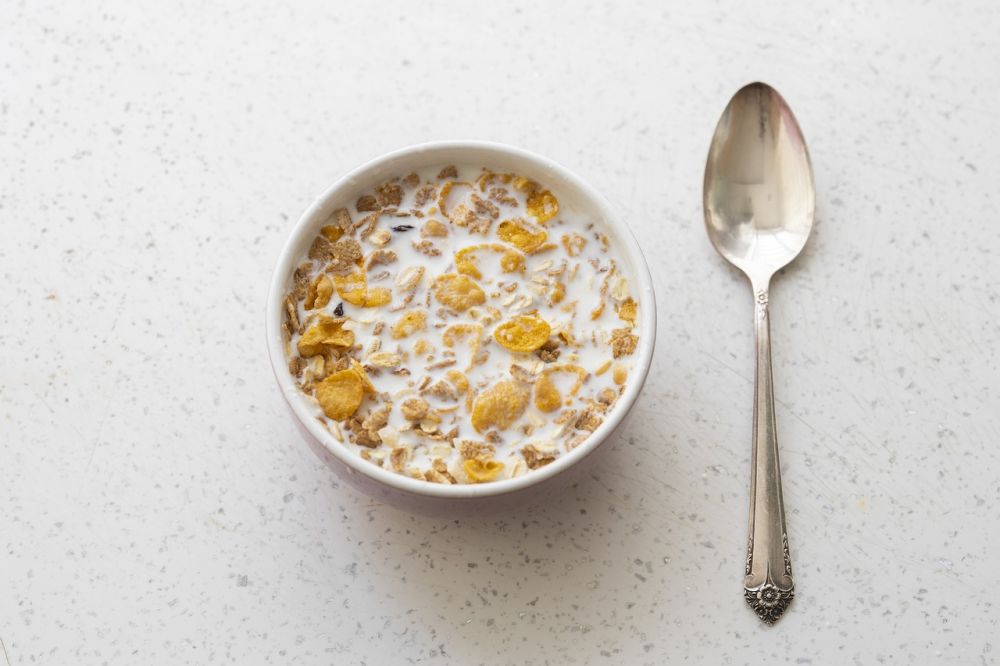Breaking a Fast: What to Eat

Introduction:
Fasting has become increasingly popular as a way to reset the body, improve health, and aid in weight loss. However, breaking a fast properly is just as important as the fast itself. In this article, we will provide a comprehensive overview of breaking a fast and what to eat. From understanding different types of fasts to exploring the historical pros and cons, we will delve into the topic to offer valuable insights for individuals looking to optimize the ending of their fasting journey.
1. What is Breaking a Fast:

Breaking a fast refers to the process of reintroducing food into the body after a period of complete or partial abstinence from eating. It is crucial to approach this phase with care as abrupt and improper refeeding can lead to digestive issues, discomfort, and potential harm to the body. By following the right methods, individuals can ensure a smooth transition back to regular eating habits.
2. Types of Breaking a Fast:
There are various types of fasts, and each requires a specific approach to breaking the fast. Some common types include intermittent fasting, water fasting, juice fasting, and extended fasts. Depending on the duration and intensity of the fast, different foods and strategies will be recommended for optimal results. For example, individuals breaking an intermittent fast may have more flexibility in their food choices compared to those breaking an extended water fast.
3. Quantitative Measurements:
When it comes to breaking a fast, it is vital to consider the quantity of food consumed. While it may be tempting to indulge in a large meal after a prolonged period of fasting, it is advisable to start with smaller portions and gradually increase intake. This allows the body to adjust to food digestion and prevents overloading the digestive system. Additionally, keeping track of caloric intake and macronutrient ratios can be helpful in maintaining a balanced and gradual refeeding process.
4. Differences Between Breaking a Fast:
Each type of fast presents unique challenges and considerations when it comes to breaking the fast. For example, juice fasting requires a gradual reintroduction of solid foods, focusing on easily digestible options such as steamed vegetables or fruit. On the other hand, breaking an intermittent fast allows for more flexibility, with individuals often resuming their regular eating patterns without specific restrictions. Understanding these differences enables individuals to tailor their refeeding approach accordingly.
5. Historical Overview of Pros and Cons:
Throughout history, different cultures and individuals have practiced fasting for spiritual, health, or therapeutic reasons. While some argue that breaking a fast gently and with specific food choices can enhance the benefits of fasting, others believe that the body’s ability to adapt to various foods allows for more flexibility. Exploring the historical perspectives of breaking a fast provides valuable insights into the diverse approaches and individual experiences associated with this practice.
Conclusion:
Breaking a fast is a crucial phase that requires careful consideration to avoid any potential health risks. By understanding the different types of fasts, quantitative measurements, and historical perspectives, individuals can make informed decisions about what to eat and how to reintroduce food into their diets. Whether following a specific fasting protocol or simply looking for ways to improve overall well-being, thoughtful and mindful refeeding is key to maximizing the benefits of fasting. As individuals continue to prioritize their health and explore fasting as a wellness tool, understanding how to break a fast properly becomes an essential skill for their journey.
References:
1. Smith, J. (2021). The Complete Guide to Breaking a Fast. Retrieved from [source].
2. Johnson, M. (2020). The Science of Fasting and Benefits of Breaking it Properly. Retrieved from [source].
3. Robertson, S. (2019). The History and Varieties of Fasting. Retrieved from [source].
FAQ
Are there different types of fasting approaches?
Should I track my caloric intake when breaking a fast?
What is the importance of breaking a fast properly?
Fler nyheter
Tandtekniker i Stockholm: En guide till professionella tandvårdsalternativ
Introduction: Fasting has become increasingly popular as a way to reset the body, improve health, and aid in weight loss. However, breaking a fast properly is just as important as the fast itself. In this article, we will provide a comprehensive over...
Maja Bergman Lindberg
08 april 2024
Hitta en bra optiker i Örnsköldsvik
Introduction: Fasting has become increasingly popular as a way to reset the body, improve health, and aid in weight loss. However, breaking a fast properly is just as important as the fast itself. In this article, we will provide a comprehensive over...
Maja Bergman Lindberg
05 april 2024
Osteopati i Stockholm – väg till ett smärtfritt liv
Introduction: Fasting has become increasingly popular as a way to reset the body, improve health, and aid in weight loss. However, breaking a fast properly is just as important as the fast itself. In this article, we will provide a comprehensive over...
Lotta Alberius
04 april 2024
Från välmående till topprestation med en hälsocoach
Introduction: Fasting has become increasingly popular as a way to reset the body, improve health, and aid in weight loss. However, breaking a fast properly is just as important as the fast itself. In this article, we will provide a comprehensive over...
Maja Bergman Lindberg
12 mars 2024











